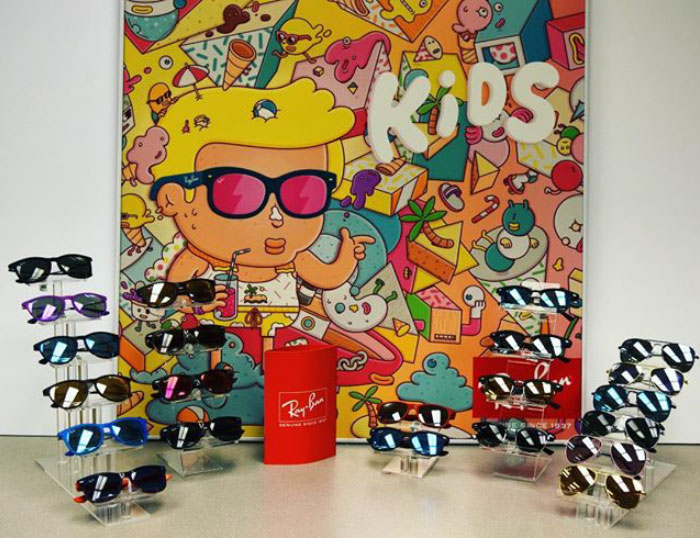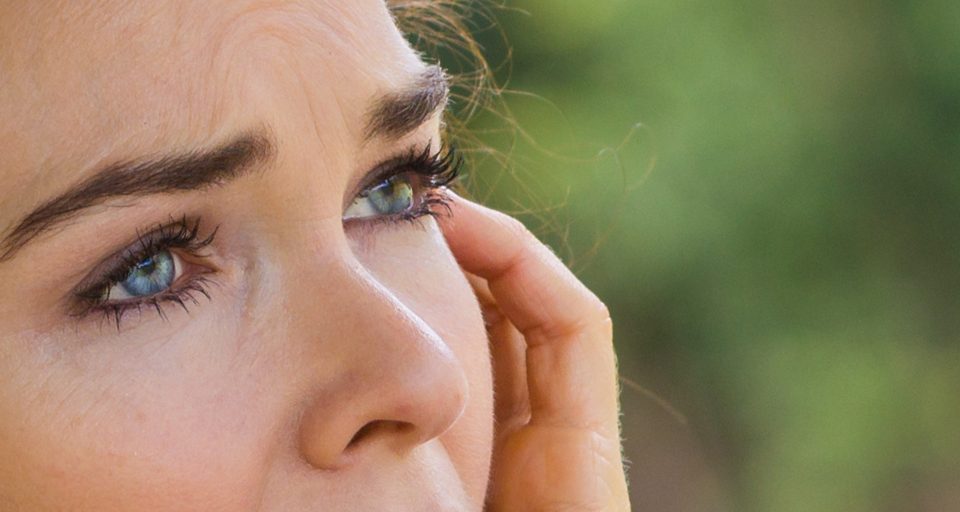
Contact Lenses – An Alternative to Glasses
Contact lenses are a viable alternative for most patients who wish to circumvent the need for glasses. Contacts can provide from the obstruction of a frame as well as enhance an individual’s appearance. In fact, some individuals who do not require glasses are candidates for colored contacts if they prefer a noticeable change in eye color.

Contact Lens Fitting Exam
In order to be fitted for contacts, one needs to book a fitting with the doctor, followed by a training session with a trained technician. During the fitting session, the doctor will take measurements and perform tests that determine if a patient is a candidate for contact lenses. Certain factors such as age, shape of the eye, as well as the overall health of the eye can impact a patient’s ability to qualify. If one indeed does qualify, one is subsequently sent over to a technician for a training session. During the training, the technician will educate a patient on the do’s and don’ts of contact lenses wear, as well as show them proper insertion/removal technique and maintenance of the lenses. Typically, the fitting session requires no more than 15 minutes, and the training can last up to an hour depending upon a patient’s ability to learn the technique. At the conclusion of the training session, the patient will be sent home with all of the materials, as well as wearing schedule for the next week. Usually after 7-10 days, a patient will have a follow-up appointment with the doctor to check the fit of the lenses, as well as address any issues the patient may have had with the lenses.

Types Of Contact Lenses
There are two general types of contact lenses: hard and soft. Over 90% of patients are fitted with soft contact lenses.
Soft contact lenses are made of pliable type of silicone that molds to the shape of the individual eye. As a result, they are initially more comfortable and provide relatively clear vision. They come in a few different versions.
Daily-wear lenses
Are the least expensive, are removed nightly and are replaced on an individualized schedule. They should not be used as an extended-wear lens.
Extended-wear lenses
Are worn overnight but are removed at least weekly for thorough cleaning and disinfection. They are being recommended less frequently, since there is a greater risk of corneal infection with any overnight wear of contact lenses.
Disposable-wear lenses
Are more expensive, but convenient. They are removed nightly and replaced on a daily, weekly, biweekly, or monthly basis. Disposable lenses are sometimes recommended for people with allergies and for those who tend to form deposits on their lenses.
Torics & Multifocal lenses (SOFT)
?Patients who have large amounts of astigmatism (football shaped eyes) and who are over 40 years old and require the use of bifocals or progressives can usually be fitted very successfully with contact lenses. The technologies in these areas have improved dramatically over the past several years so individuals who were unable to successfully wear contacts in the past may now be excellent candidates. It is advisable to speak to your doctor even if you were not initially successful in the past.
Hard lenses
Are themost commonly used today are rigid, gas-permeable lenses (RGP for short). They are made of plastics and other materials such as silicone or fluoropolymers. Hard lenses hold their shape, yet allow the free flow of oxygen through the lenses to the cornea. RGP lenses may be the best choice when the cornea has enough astigmatism (is shaped like an egg instead of an orange) that a soft lens will not provide sharp vision. They may also be preferable when a person has allergies or tends to form protein deposits on his or her contacts.

Contact Lens Complications
Approximately 6% of CL wearers per year will develop some problem associated with their use, although the majority of these problems will be fairly minor. However, contact lens cleaning and maintenance instructions must be followed as per your doctor or the consequences can be devastating and result in permanent loss of vision.
Dry Eyes
This is the most common symptom experienced by contact lens wearers. This is due to a variety of factors. Firstly, contact lenses require moisture to maintain their proper shape. The moisture comes from both the environment and the eye itself. If one works in a dry environment or climate, the eye will suction off moisture from the eye’s natural tear film. Ultimately this will cause symptoms of stinging and burning. Also, prolonged reading or focusing will reduce the number of times the eyes blink and consequently contribute to dry eyes. Therefore, it is imperative that one takes regular breaks from activities that require a prolonged focus (ie: reading, driving, computer work, etc.).
Itchy Eyes
This is often caused by excessive contact lens wear or an allergic response to an irritant in the environment. One must make sure that a contact lens is disposed on schedule and never worn beyond the instructed time. This will minimize the potential of an allergic response and the corresponding symptoms. Also, improper contact lens cleaning regimen or solutions can trigger this type of symptom.
Pain/Discharge
This is likely due to a contact lens infection and one of the most serious complications of contact lens wear. One should not put the lens back into the eye and seek immediate medical care. Failure to delay can have catastrophic consequences culminating with permanent vision loss.
Scarring
This is a longterm complication of improper contact lens wear. In its earliest stages this is not visible to the patient and can only be detected by a proper contact lens evaluation. This is why a regular contact lens evaluation is an absolute necessity even if there are no apparent problems with vision or comfort.

Causes Of Contact Lens Problems
Improper care or use of contact lenses
Soft contact lenses are particularly delicate, and should be cared for as recommended by the manufacturer. Failing to clean your lenses properly, letting them dry out, or not washing your hands before inserting them can all result in contact lens discomfort and irritation. Allowing make-up, perfume and hair products to come into contact lenses can also cause problems. Contact lenses should also never be lent to anyone else, as they can carry bacteria.
Wearing contact lenses for too long
There are many different types of contact lens, from those that are designed to be worn for a few hours, to brands that can safely be worn overnight. Wearing your contact lenses for longer than recommended can cause irritation and discomfort. Wearing contact lenses that are worn out or past their use-by date can also cause problems, including infections from bacteria. Always replace your contact lenses as recommended by your eye doctor.
Eye infections from contact lenses
Eye infections caused by the bacteria on contact lenses can potentially be quite serious. If left untreated, an eye infection could be sight-threatening, so it’s important to see an eye doctor as soon as possible if you think you have an eye infection.
Common complications: Dry eyes, allergic, infection.



